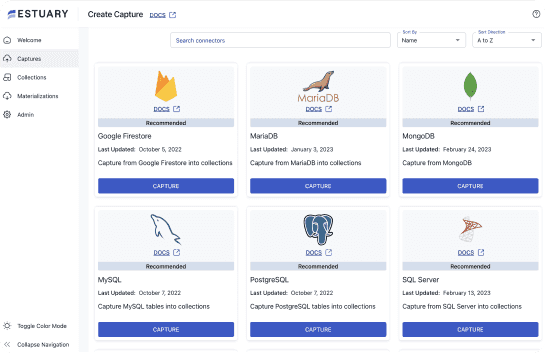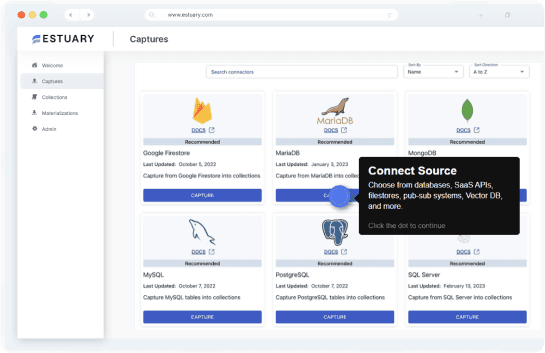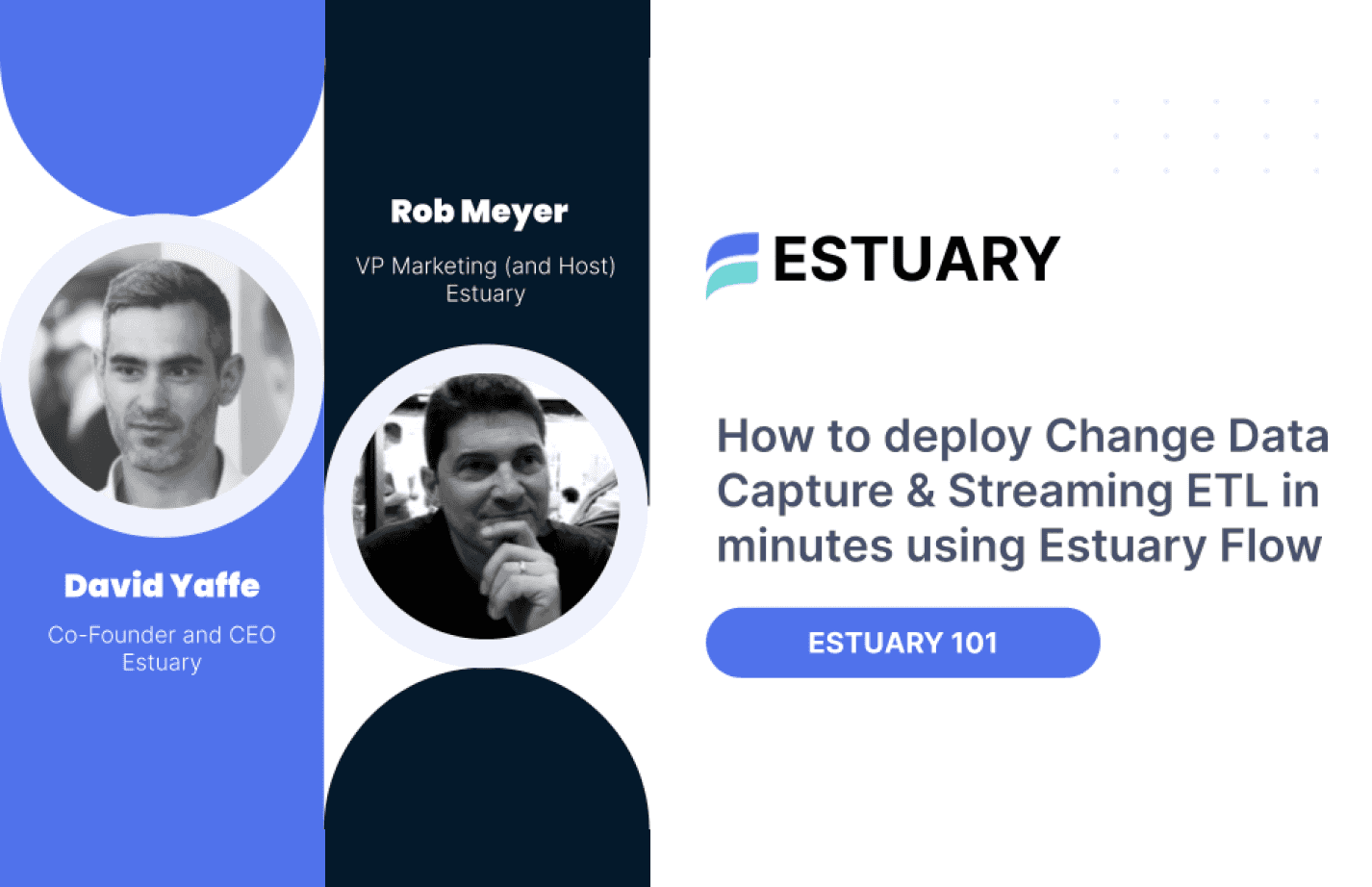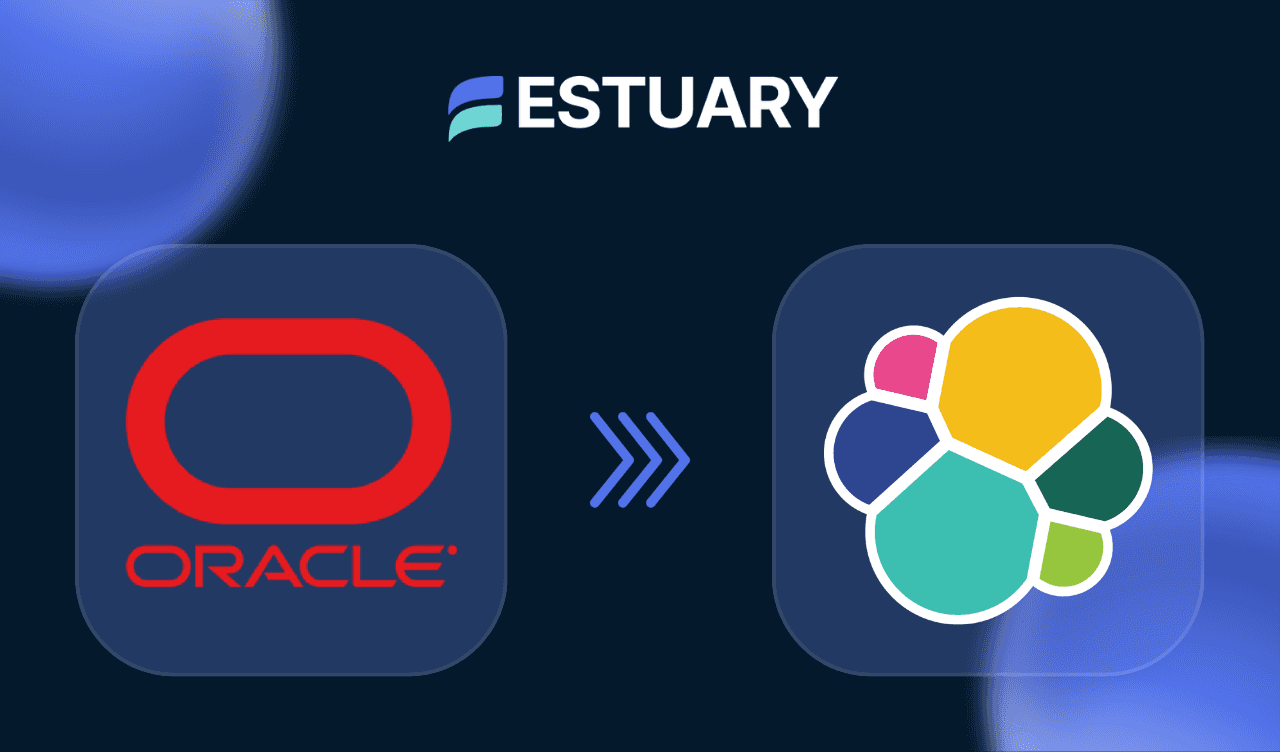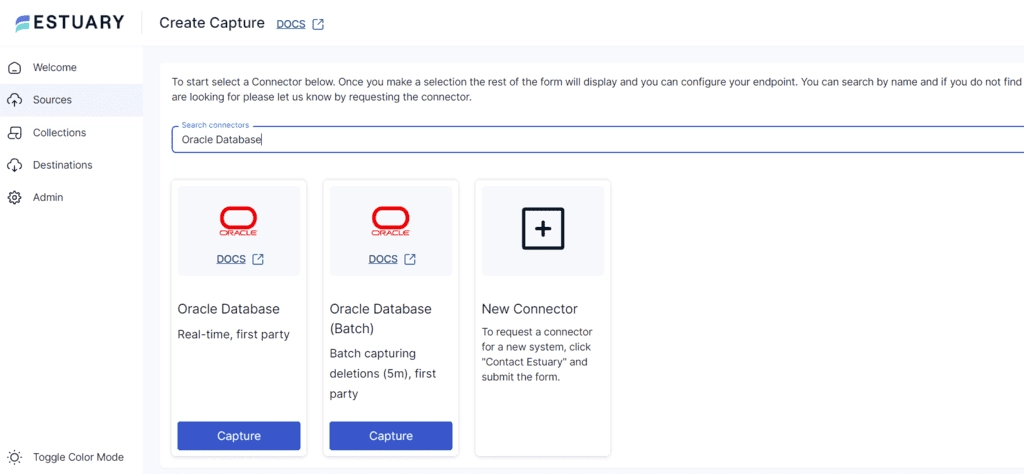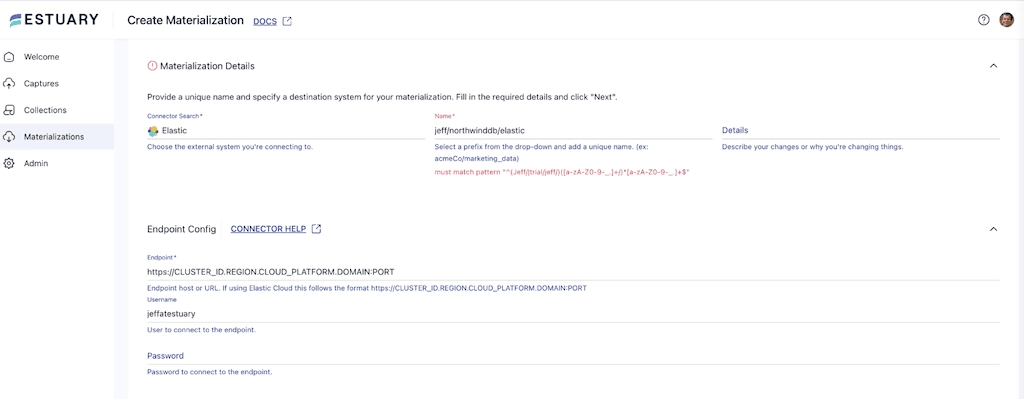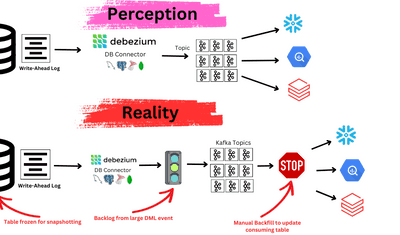
Organizations are increasingly adopting Elasticsearch for its powerful search capabilities, scalability, and real-time analytics. Moving data from Oracle to Elasticsearch can be a transformative step, allowing businesses to unlock the potential of their data for advanced search and real-time analytics. However, this process requires careful planning to ensure accuracy, performance, and reliability.
This guide outlines the methods and best practices for loading data from Oracle to Elasticsearch, covering both automated tools and manual approaches while addressing common challenges.
Why Move Data from Oracle to Elasticsearch?
Elasticsearch is a distributed, open-source search and analytics engine that integrates well with modern applications. By loading data from Oracle to Elasticsearch, organizations can benefit from:
1. Enhanced Search Capabilities
Elasticsearch offers full-text search, aggregations, and faceting, enabling fast and relevant search experiences.
2. Real-Time Analytics
With near-instantaneous indexing and querying, Elasticsearch supports real-time data exploration and visualization.
3. Scalability
Elasticsearch’s distributed architecture ensures high availability and effortless scaling for growing datasets.
4. Cost Efficiency
Elasticsearch eliminates the need for expensive licensing fees and offers flexible deployment options, including on-premises, cloud, and hybrid environments.
5. Integration
Elasticsearch seamlessly integrates with tools like Kibana for visualization and Logstash for data ingestion, making it a versatile choice for modern data pipelines.
2 Methods to Migrate Data from Oracle to Elasticsearch
There are two primary approaches for transferring data:
- Automated Method: Using Estuary Flow to Move Oracle to Elasticsearch
- Manual Method: Using SQL Queries and Elasticsearch APIs
Automated Method: Using Estuary Flow to Move Oracle to Elasticsearch
Estuary Flow simplifies the process of migrating data from Oracle to Elasticsearch. It provides a real-time data integration platform with no-code connectors and advanced data transformation capabilities.
Prerequisites:
- Oracle database credentials with appropriate permissions.
- An active Estuary Flow account.
- Elasticsearch instance running and accessible.
Step 1: Connect to Oracle as a Source Connector
- Register or log in to your Estuary Flow account.
- Navigate to the "Sources" section and click "+ New Capture."
- Select the Oracle real-time connector from the list.
- Enter the Oracle server details such as host, port, username, and password, and specify the schema or tables you wish to transfer.
- Test the connection and save the configuration.
Step 2: Connect to Elasticsearch as a Destination Connector
- Go to the "Destinations" section and click "+ New Materialization."
- Choose Elasticsearch from the list of supported connectors.
- Provide Elasticsearch connection details, including the endpoint URL and index name.
- Configure any additional indexing options, such as document ID mapping.
- Test the connection and save the configuration.
The connector will materialize Flow collections of your Oracle data into tables in your Elasticsearch database. This completes the configuration of your Oracle Elasticsearch connector data pipeline.
Advantages of Using Estuary Flow
- No-Code Configuration: Estuary Flow simplifies the data migration process by providing an intuitive, user-friendly interface that requires no coding expertise. This allows users to quickly and easily set up and manage their data pipelines without the need for extensive technical knowledge.
- Real-Time Sync: With sub-second latency for data updates from Oracle to Elasticsearch, Estuary Flow ensures that your data is always up-to-date and synchronized across both systems. This real-time synchronization is essential for applications that require immediate access to the latest data.
- Flexibility: Estuary Flow supports a wide range of deployment options, including on-premises, cloud, and hybrid environments. This flexibility allows users to choose the deployment model that best suits their specific needs and infrastructure.
- Scalability: Estuary Flow is designed to handle large datasets with ease, making it suitable for enterprise use cases. The platform can scale seamlessly to accommodate growing data volumes and processing requirements, ensuring optimal performance and reliability.
Manual Method: Using SQL Queries and Elasticsearch APIs
For smaller datasets or scenarios where greater control is needed, a manual approach can be used to load data from Oracle to Elasticsearch.
Prerequisites:
- Oracle database credentials.
- Elasticsearch running and accessible.
- Basic knowledge of SQL and Elasticsearch REST APIs.
Step 1: Export Data from Oracle Use Oracle’s SQL*Plus or a similar tool to export data:
plaintextSET MARKUP CSV ON
SPOOL /path/to/export.csv
SELECT * FROM table_name;
SPOOL OFFStep 2: Transform Data to Elasticsearch-Compatible JSON Convert the CSV data into JSON format using scripting languages like Python:
plaintextimport csv
import json
csv_file = '/path/to/export.csv'
json_file = '/path/to/output.json'
with open(csv_file, 'r') as csvf, open(json_file, 'w') as jsonf:
reader = csv.DictReader(csvf)
for row in reader:
json.dump(row, jsonf)
jsonf.write('\n')Step 3: Load Data into Elasticsearch Use the Elasticsearch Bulk API to load data:
plaintextcurl -X POST "http://localhost:9200/_bulk" -H "Content-Type: application/json" --data-binary @/path/to/output.jsonStep 4: Verify Data Query Elasticsearch to confirm data ingestion:
plaintextcurl -X GET "http://localhost:9200/oracle_data_index/_search?q=*"Limitations of Using Manual Method
- Time-Consuming: Requires extensive manual effort for scripting and execution, especially for large datasets.
- Error-Prone: Higher likelihood of errors during transformation, particularly when dealing with complex schema or data type conversions.
- Resource-Intensive: Manual methods often demand significant computational resources and skilled personnel, which can increase costs.
- Scalability Challenges: Managing large-scale data transfers manually can lead to bottlenecks and inefficiencies, requiring additional optimization efforts.
Common Challenges
Data Type Mapping
Oracle’s data types, such as NUMBER and CLOB, may not have direct equivalents in Elasticsearch. Careful mapping is required to ensure compatibility.
Schema Differences
Flattening hierarchical Oracle data into JSON for Elasticsearch can require significant preprocessing.
Large Datasets
Handling large datasets can lead to performance bottlenecks. Strategies like batch processing and parallel execution can help.
Indexing Overhead
Elasticsearch’s indexing process may slow down ingestion for massive data volumes. Consider optimizing bulk upload parameters.
Best Practices for a Smooth Data Load
- Plan and Test
- Define clear objectives and test the process with a small dataset.
- Define clear objectives and test the process with a small dataset.
- Use Staging
- Perform data transformations in a staging environment before loading into Elasticsearch.
- Perform data transformations in a staging environment before loading into Elasticsearch.
- Optimize Bulk Uploads
- Use Elasticsearch’s Bulk API and split data into smaller chunks to improve performance.
- Use Elasticsearch’s Bulk API and split data into smaller chunks to improve performance.
- Monitor Performance
- Use tools like Kibana or Elasticsearch monitoring APIs to track ingestion metrics.
- Use tools like Kibana or Elasticsearch monitoring APIs to track ingestion metrics.
- Leverage Expertise
- Collaborate with data engineers or Elasticsearch specialists for complex integration tasks.
Use Cases for Oracle to Elasticsearch Integration
- E-commerce: Elasticsearch enables online retailers to implement highly responsive product search and filtering functionalities. By moving data from Oracle to Elasticsearch, businesses can deliver personalized search results, handle large catalogs, and improve overall user experience with fast query responses and advanced faceting.
- Healthcare: For hospitals and healthcare providers, Elasticsearch offers real-time data analytics for patient records. Moving data from Oracle to Elasticsearch allows organizations to centralize and query patient data rapidly, supporting critical decision-making processes, monitoring patient trends, and complying with regulatory requirements like HIPAA.
- Finance: Elasticsearch’s ability to process high-velocity data makes it an ideal choice for the financial sector. By transferring Oracle data, institutions can improve fraud detection systems through near-instantaneous data querying and pattern identification, enhancing both security and operational efficiency.
Conclusion
Moving data from Oracle to Elasticsearch provides organizations with a transformative opportunity to enhance their data search, analytics, and visualization capabilities. By leveraging Elasticsearch, businesses can achieve real-time insights, improved scalability, and cost efficiency, unlocking the true value of their data. Whether you choose a streamlined approach with Estuary Flow or opt for the flexibility of manual integration, meticulous planning and thorough testing are essential to ensure data integrity and performance.
Register for a free Estuary account and complete your real-time Oracle-to-ElasticSearch pipeline today. Need help? Reach out to us on Slack!
FAQs
1. Why move data from Oracle to Elasticsearch?
To leverage Elasticsearch's advanced search capabilities, real-time analytics, scalability, and cost efficiency for enhanced data insights.
2. What is the easiest way to move Oracle data to Elasticsearch?
Using Estuary Flow, a no-code platform that simplifies real-time data integration with minimal effort and sub-second synchronization.
3. Is a manual approach suitable for Oracle to Elasticsearch integration?
No, manual methods are better for small datasets or when granular control is needed. For larger Oracle to Elasticsearch integrations, automated tools are recommended.
Related Sync with Oracle

About the author
Dani is a data professional with a rich background in data engineering and real-time data platforms. At Estuary, Daniel focuses on promoting cutting-edge streaming solutions, helping to bridge the gap between technical innovation and developer adoption. With deep expertise in cloud-native and streaming technologies, Dani has successfully supported startups and enterprises in building robust data solutions.

